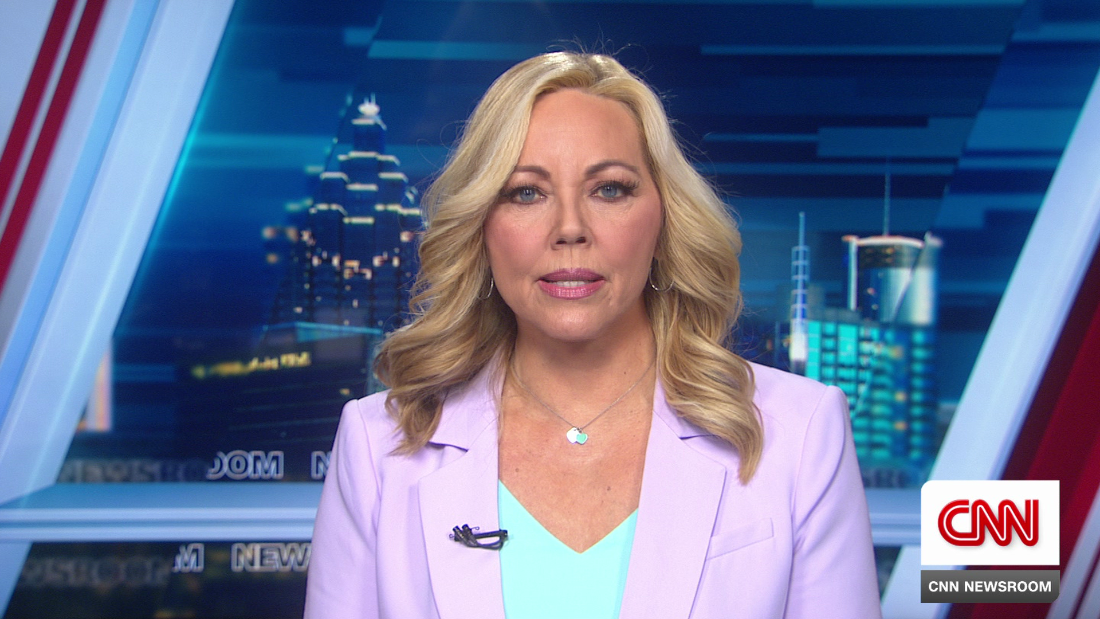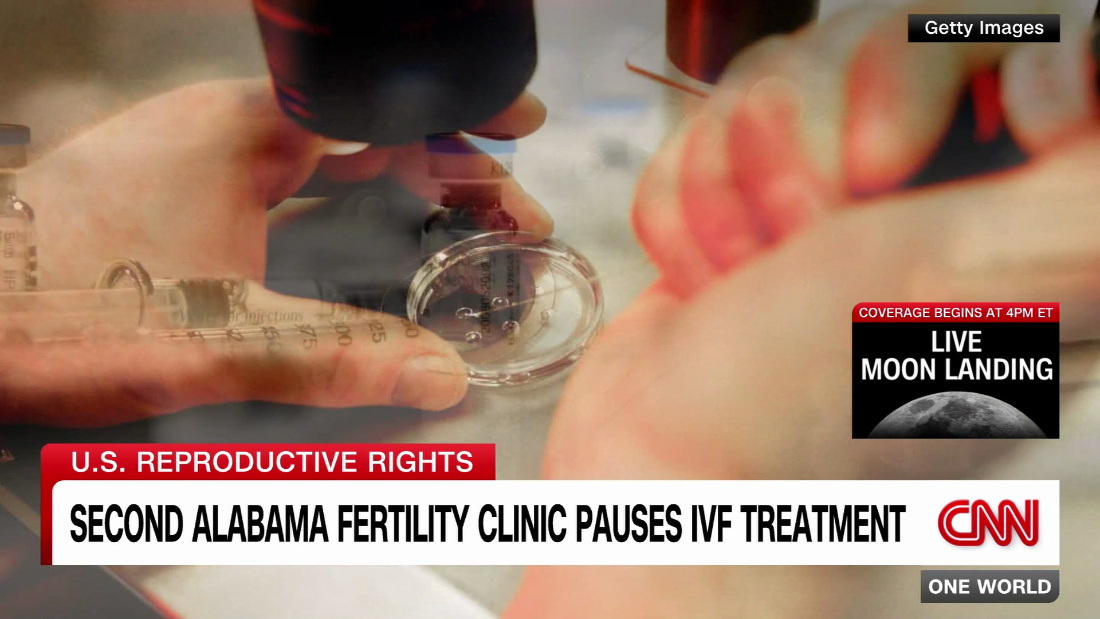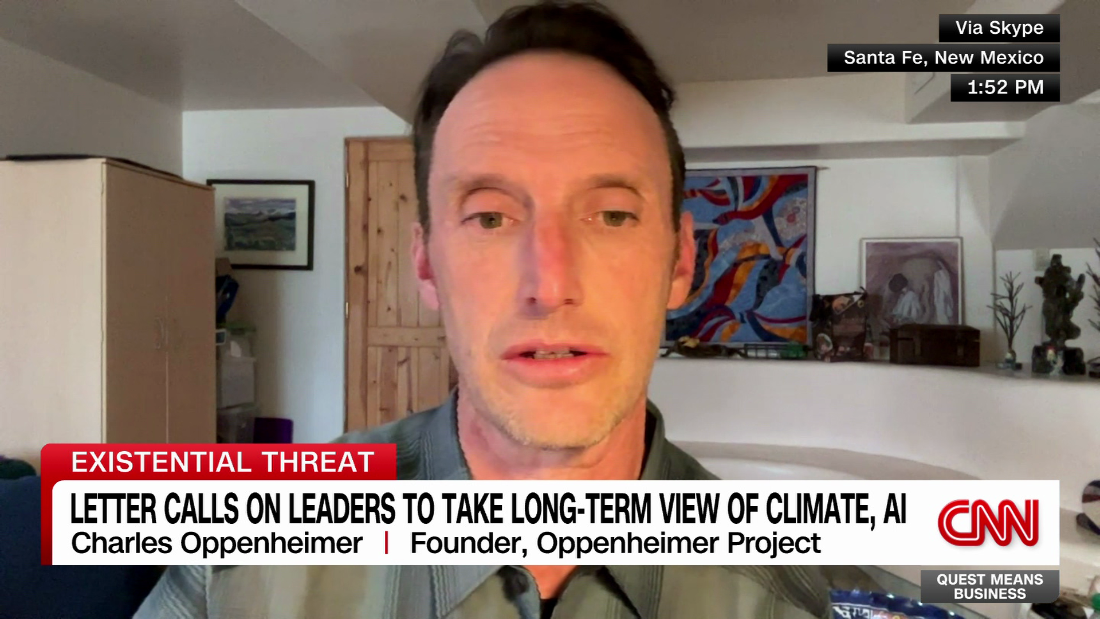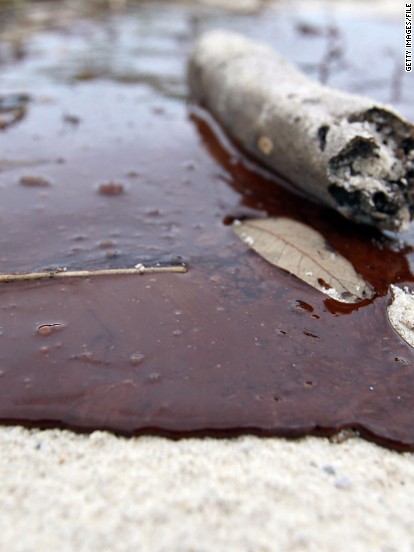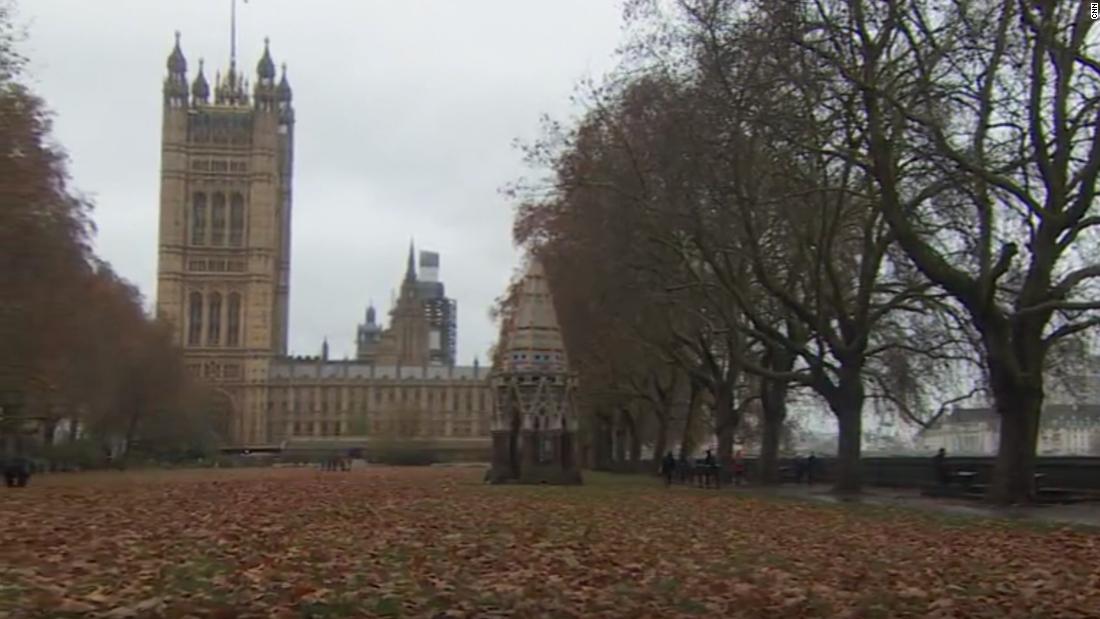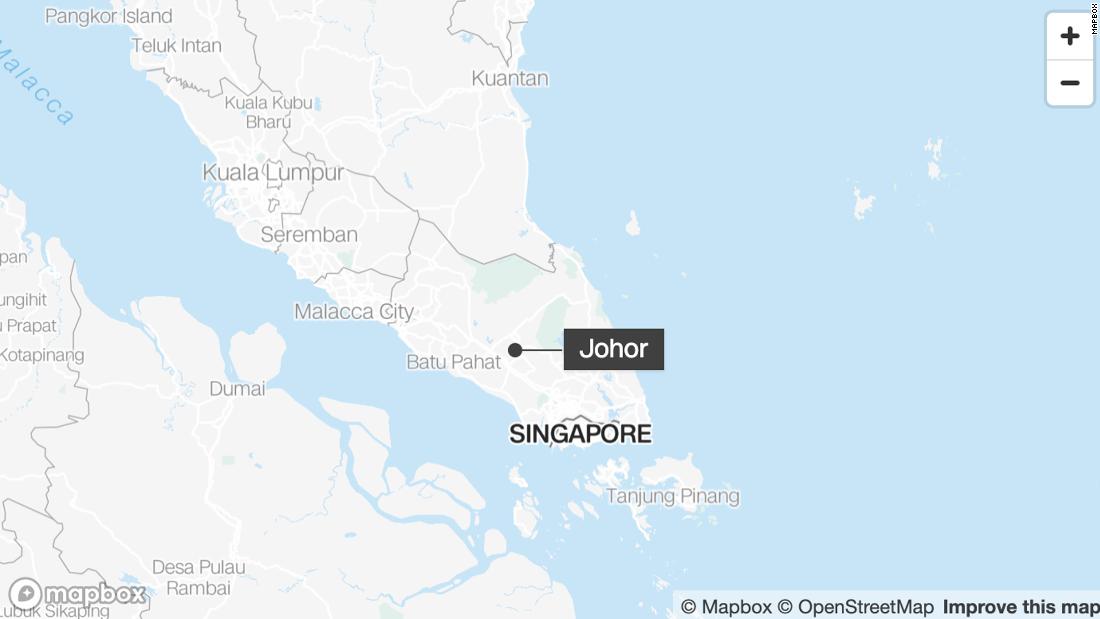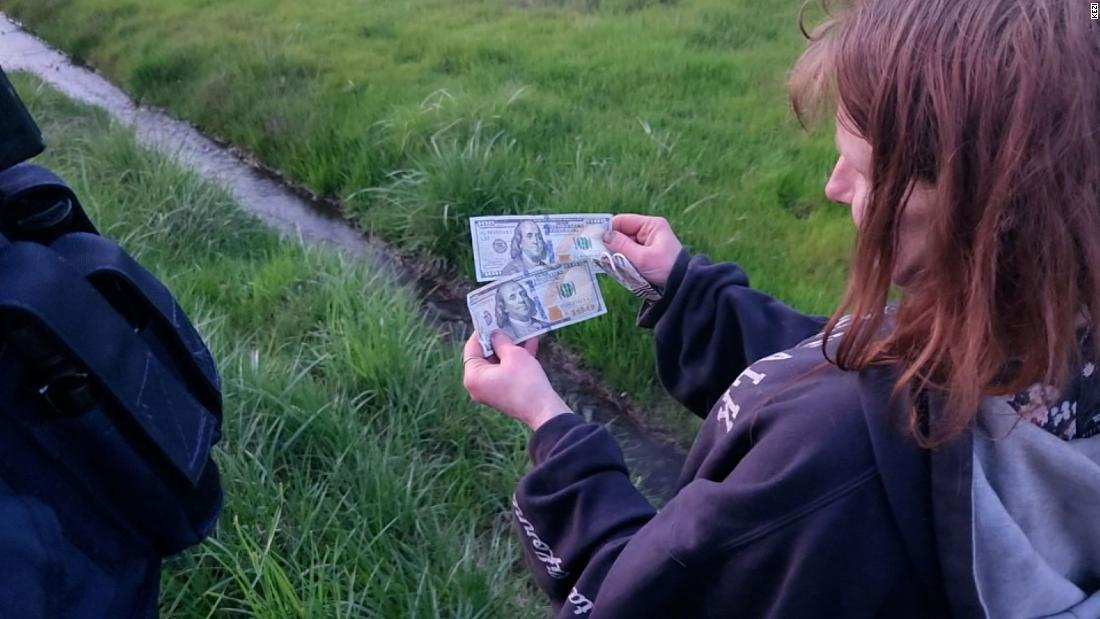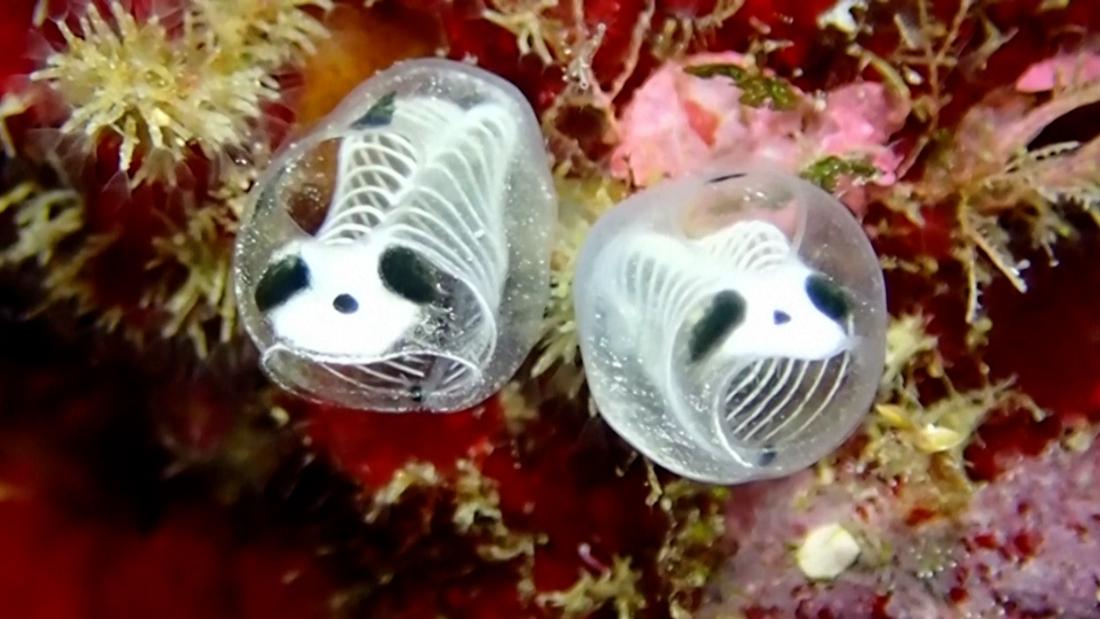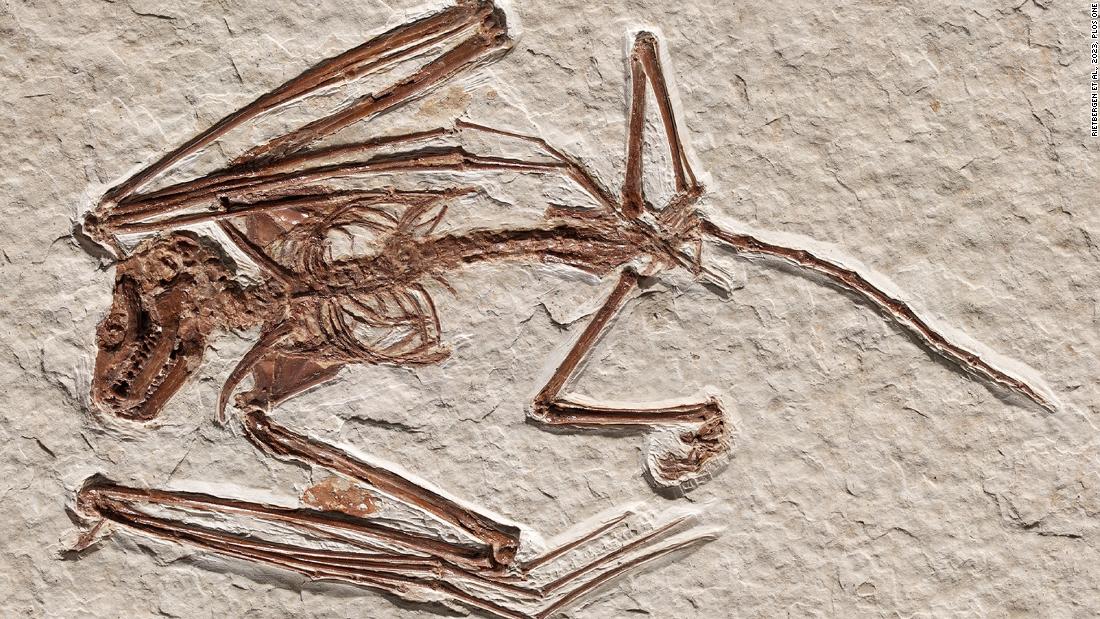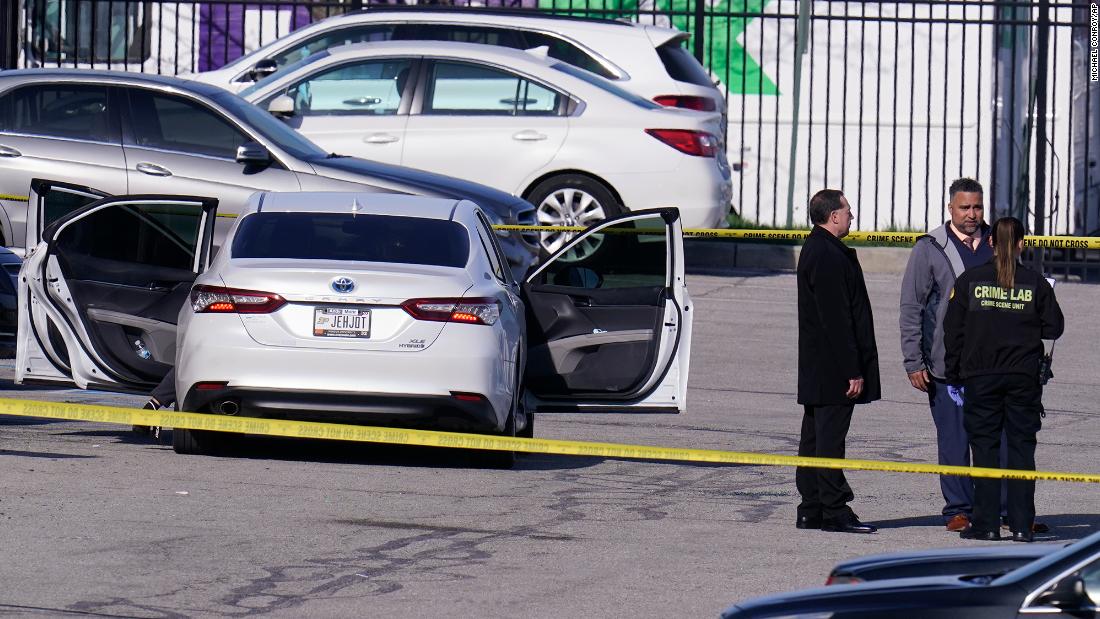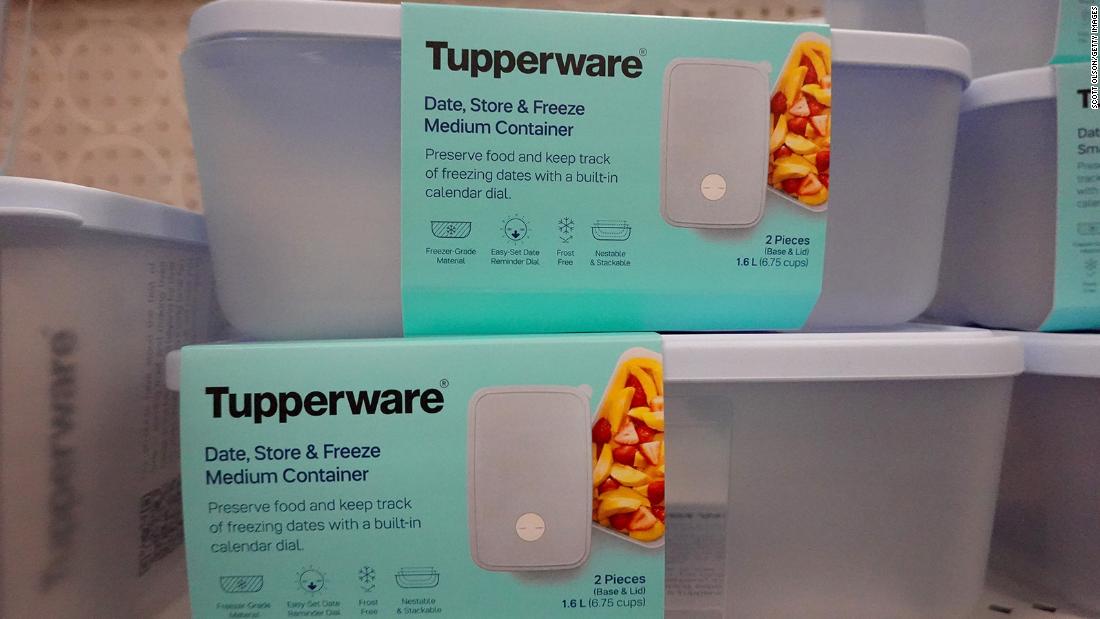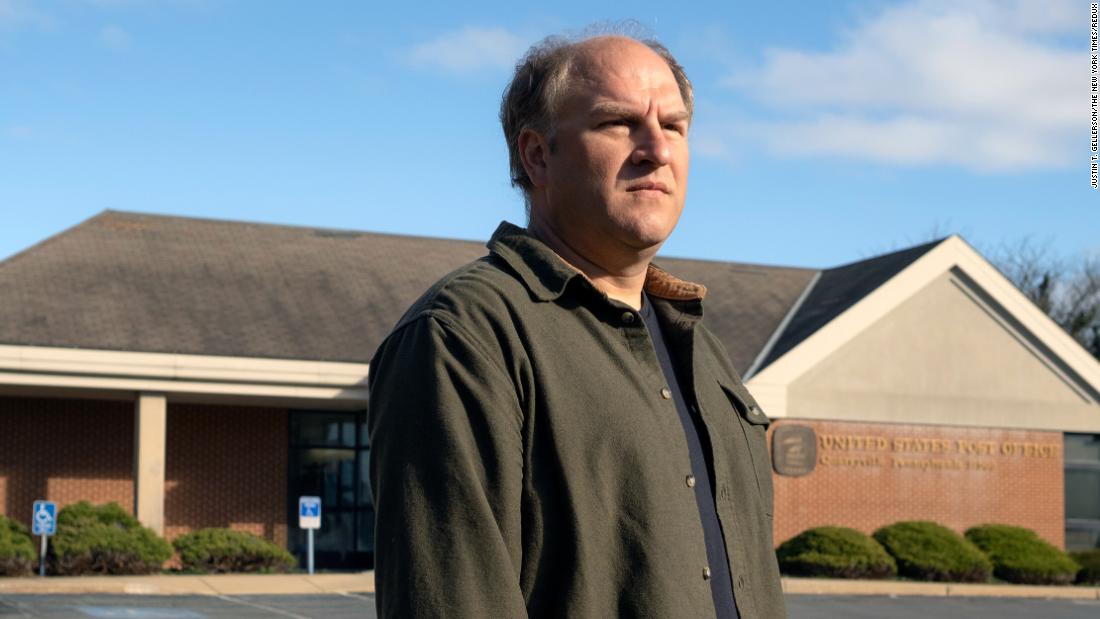A FARMER believes he has bought the UK’s “deadliest” field having discovered it was riddled with a harmful plant which is so poisonous even a tiny amount can kill a human.
The Facebook account Field to Farm took to their social media page to share a video of the field which was covered in Hemlock.
The farmer says he owns the UK ‘deadliest’ fieldFacebook/Field to Farm
GettyHemlock produces white flowers in the summer, which can be mistaken for wild carrot flowers (stock image)[/caption]
In summer, the poisonous plant produces clusters of white flowers which can be mistaken for wild carrot flowers.
However, the plant can be identified by its distinctive and unpleasant aroma of its foliage and purple-spotted stems.
The smell means that accidental poisonings are rare and most livestock keep well away from it.
Even a small amount of Hemlock, if consumed can be enough to kill a human or animal.
Hemlock usually grows in damp areas and can often be found in ditches, river beds and waste ground.
The farmer took to his Facebook page to warn his followers about the danger the plant posed.
He said: “I have bought a field to live in and I’ve realised it is full of poison.
“Commonly mistaken for wild carrot, this is hemlock, and, just eating any single part of this plant is enough to kill me.
“And on this part of my land it is absolutely everywhere.
“The amount of this you have to eat to die is realistically quite small.
“Four or five leaves, done. Game over.
“A couple of hours later, you’re having seizures and you are dying.”
He added: “If you are going to mow this stuff down, you are mostly ok, but don’t get the sap on your skin because it is going to blister your skin in a similar fashion to giant hogweed.
“You can maybe make out this one is absolutely covered in aphids and it is already going to seed.
“It provides a lot of flowers and sap and stuff for the invertebrates around the farm, but bit of a poison and if you get the sap on you, it is not the best, bit of an irritation, potentially blisters.
“So all in all, if you’ve got this stuff growing, be careful.”
Hemlock and its cousin hemlock water-dropwort are members of the carrot family and are both toxic, posing a risk to anyone who tries to eat them.
All parts of Hemlock are toxic and can harm people if they are touched, breathed or eaten.
Anyone who comes into contact with the plant should be aware of the symptoms which include dizziness and trembling followed by a slowed heartbeat, dilation of the pupils, muscle paralysis, paralysis of the central nervous system and death caused by respiratory failure.
Hemlock is so poisonous that dead canes are still toxic for up to three years.
Anyone getting rid of the plant should wear gloves and take frequent breaks.
A pensioner in Milton Keynes became irate after the plant was left to grow nearly eight feet high, last year.
SYMPTOMS OF HEMLOCK POISONING
Hemlock poisoning will show symptoms after around 30 minutes, or up to 3 hours.
The plant can cause a painful rash or burning on the eyes if touched.
Ingesting any part of the plant can lead to poisoning which can lead to respiratory failure.
Symptoms include:
Trembling
Burning sensation in digestive tract
Increased salivation
Dilated pupils
Muscle pain and weakness
Decreased heart rate
Loss of speech
Convulsions
Unconsciousness
If you believe you have symptoms, you should seek medical attention immediately.
Jean Crussell claimed she was forced to keep her doors and windows shut and her dog kept inside.
She said: “They ignored our concerns for many months.
“The plant is known to be lethal and could have killed my dog and affected my health.”
Jean, 79, who lives alone with her Labradoodle called Taxi, added: “All the residents are naturally very worried as hemlock can be highly poisonous.
“There’s pets and young kids living in the close of 20 homes.
“No one knows how the hemlock got here, it just self-seeded and grew, and grew and grew.
“In the spring it was already six feet high.”
Jean, who has lived on the close for 10 years, said the plant initially started growing in the close made up of council homes two years ago after two new properties were added.
The local authority eventually took action eight months later and got rid of the deadly plants.
Jean said: “Two new properties were built two years ago on a former grassy area. It’s a nice little close.
“But the hemlock took over. It was just inches from my front door and lounge window and towering up to the roof.
“It shouldn’t be residents’ responsibility to clear it.
“These are council homes, many of us are retired and we pay rent and for communal maintenance which went up this year.
“I was so cross I called my local paper, the MK Citizen and they ran an article on Monday. The next day the council finally came around to remove it.
“They whipped it out quite quickly while I was out.
“They came suited and booted and masked on Tuesday and thankfully got rid of it.”
The farmer took to his Facebook page to warn his followers about the danger the plant posedFacebook/Field to Farm Published: [#item_custom_pubDate]

























